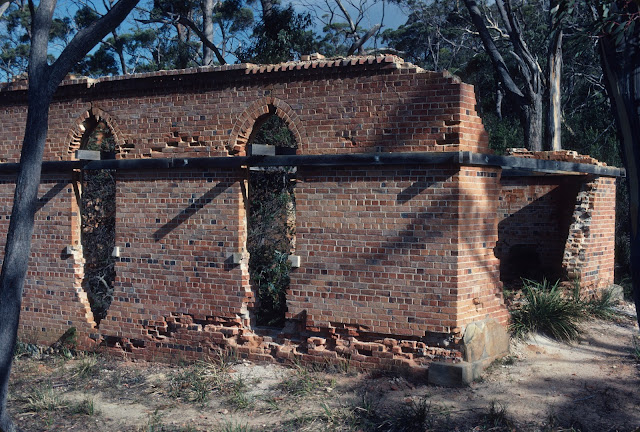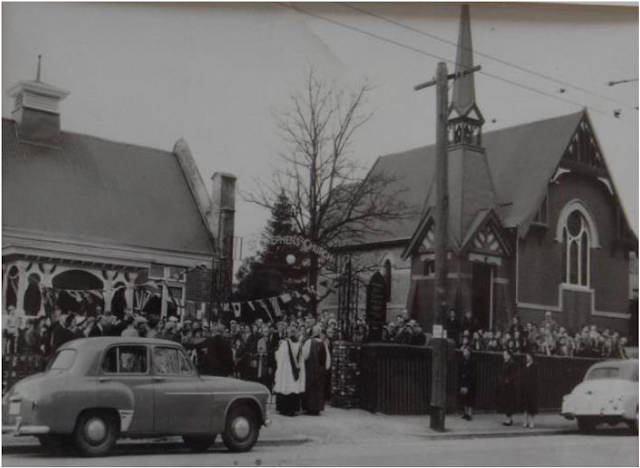No. 1458 - Mengha - Presbyterian Church

This article is one in a series about public buildings in country areas that were used as places of worship. In these communities churches may have been planned but were never built due to lack of finance or changing circumstances. In most settlements, before a church was built, worship was typically held in homes, schoolrooms, barns, halls and other buildings. Conversely, in some communities, churches were sometimes the first public building erected and were used as schools and community halls. The focus of this series will primarily be on the public halls and schools that were used as churches. These buildings, and the religious communities which used them, are often overlooked in published histories of churches. Mengha is rural farming district on the northwest coast and lies south of the Stanley. The original name of the area was “Medwin” but this was changed to Mengha in 1905. The Medwin’s were pioneering family who opened up the district of South Forest during the 1840s. A Presby...




